Arachnoid cyst
CSF contains cysts in the brain. If occur after trauma known as a growing skull fracture which is not related to infection. People who have arachnoid cyst has high susceptibility to developing brain subdural haemorrhage even with minor trauma.
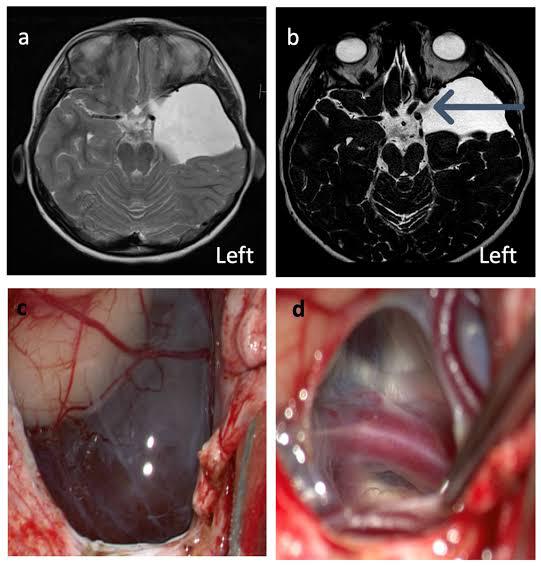
Craniosynostosis
Early closure of scalp bone in a child. Abnormal Head shape. Patients with craniosynostosis will also develop retardation of brain development due to inadequate space for the brain to develop. Those patients with craniosynostosis will get correction of head shape and brain development after surgical correction.
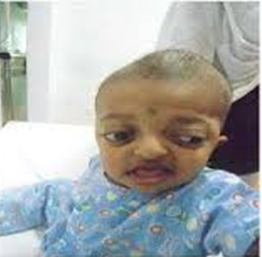
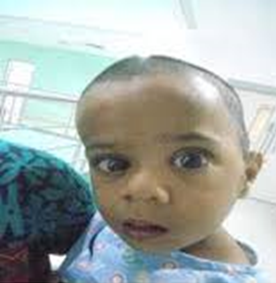
Dandy-Walker malformation
Enlarged Posterior fossa with partial or complete agenesis ( not formed) cerebellar vermis and cystic dilatation of the fourth ventricle. These patients may require shunting of the posterior fossa cyst and some may benefit from endoscopic third ventriculostomy.

Aqueductal Stenosis
Obstruction of CSF flow below 3rd ventricle at the region of aqueduct of Sylvius and dilatation of lateral and 3rd ventricle with normal size 4rth ventricle. These patients may have aqueduct stenosis due to different pathology and they will require Endoscopic third ventriculostomy or CSF diversion by shunt surgery.

Arnold Chiari Malformation
Herniation of cerebellar tonsils through foramen magnum which causes compression over the brain stem and syringomyelia formation. These are syndromic children and they will require foreman magnum decompression in the absence of tumours in the nervous system. Some may also have spinal cord tethering for which they will require separate surgery. They will have either difficulty walking, change in sensation over the face, snoring, difficulty in breathing, nasal intonation of voice etc.
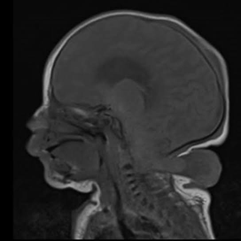
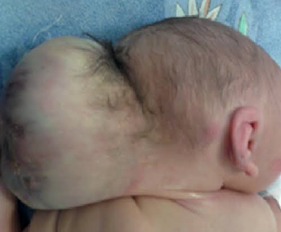
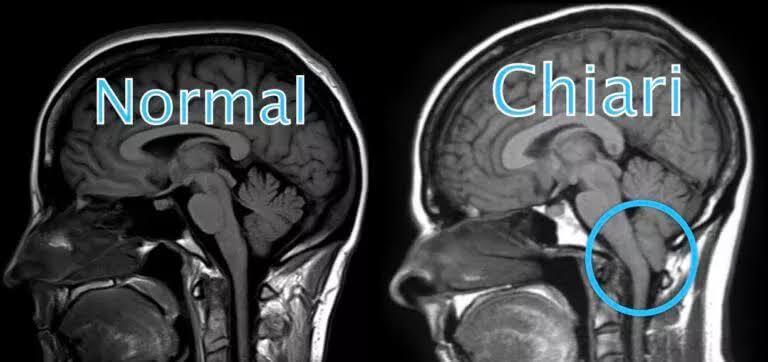
Moya Moya Disease
Stenosis of internal cerebral arteries. The brain has blood supply anteriorly by two internal carotid arteries and posteriorly by two vertebral arteries. Patients with Moya Moya disease will have stenosis of both internal carotid arteries at the intracranial compartment. A typical presentation for the juvenile form is ischemic infarct and the adult form is haemorrhage at the basal ganglia region.



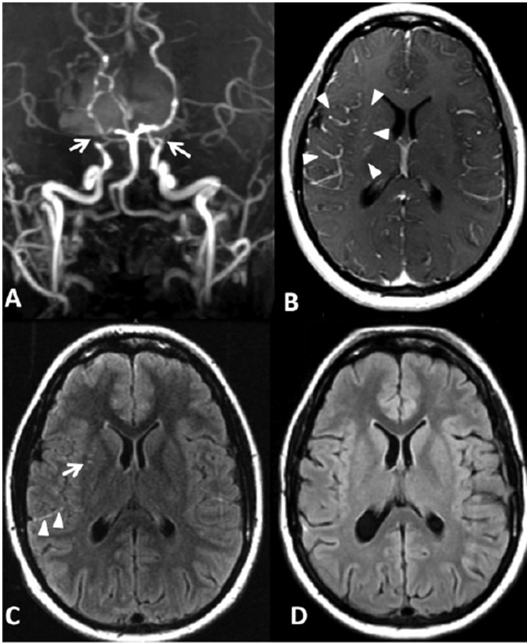
0 Comments
* * * Win Free Cash Instantly: https://hygreen.qa/index.php?2f95le * * * hs=e3b832fc2ed144da29b14b0f29449a49* ххх*
ofexhu